Apple’s Siri. Google’s Google Assistant. Amazon’s Echo services.
These popular Artificial Intelligence applications have penetrated our everyday lives and made them more convenient, to say the least.
Artificial Intelligence is a myriad of technologies that enables 'intuitive' machines to offer human capabilities and imitate human intelligence. These automated tools can be trained to work as a human mind and comprehend, analyze, act, and evolve by using futuristic capabilities such as natural language processing, machine learning, data analytics, and voice recognition, among others. When AI technologies are integrated into a business setting, it can offer wide-ranging benefits.
Why AI is Important: A Data-Driven Perspective
- According to Accenture: "By 2035, AI can double economic growth rates in 12 developed countries and boost labor productivity by up to 40 percent."
- When used in conjunction with human effort, AI can allow people to spend more time on work that requires a human 'touch.' To put it in absolute terms, AI can take over 80% of the routine tasks and allow people to cater to the "20% of non-routine tasks that drive 80% of value creation."
- Gartner predicts that "80% of emerging technologies will have AI foundations by 2021."
Clearly, AI is the future, and the future is here.
What is Open Source Artificial Intelligence Software?
As complex as this sounds at the outset, these tools have increasingly become easy to use—thanks to engineers from tech giants such as Google, Facebook, and Uber, among others, as well as developers who routinely contribute to the open-source AI community and, thus, help churn out AI tools that characterize high-speed innovation.
More importantly, an open-source framework offers greater visibility into how developers 'think' and manage datasets and find patterns while keeping the feedback loop alive. All in all, relatively inexperienced professionals can leverage a constellation of AI tools, frameworks, libraries, and documentation and use these open-source artificial intelligence technologies for free.
With the right knowledge, even part-time data scientists can be successful, gaining confidence in the use of open-source AI tools and technologies to accelerate their projects and the projects of others.
Open Source AI Software Usage: A Data-Led Perspective
"The global artificial intelligence market is expected to grow at a compound annual growth rate of 42.2% from 2020 to 2027 to reach USD 733.6 billion by 2027."
Did you know that, as per research by Stanford University, there has been a 14X boost in the growth of AI startups in the last two decades? Needless to say, open-source artificial intelligence tools are driving innovation at lightspeed.
In this blog, we will look at the top 10 open-source artificial intelligence platforms that are driving innovation by the second and changing the world of open-source artificial intelligence software as we speak.
Top-10 Open Source Artificial Intelligence Software for 2020 (And Beyond)
For your convenience, we have segregated the open-source artificial intelligence software based on the platform, purpose, and functionality. Let's get started.
Table of Contents
AI-Based Platforms
An AI-based platform offers a wide range of tools to assist you in designing algorithms or creating intelligent applications. Plus, typically, they come armed with multiple functionalities—graphical user interface (GUI), existing libraries, pre-built workflows, etc.
1. TensorFlow
One of the Most Popular & Well-Maintained End-to-End Open-Source Frameworks for Machine Learning

Used by global companies such as Airbnb, eBay, Intel, Twitter, DropBox, etc., TensorFlow - an open-source artificial intelligence software - was launched by Google Brain in 2015. This platform helps businesses leverage critical data to build advanced predictive modeling applications and develop and train Machine Learning models. Plus, you can write libraries for dataflow programming. Moreover, programmers can use it for numerical computations.
It comprises tools, libraries, and resources that simplify and streamline AI development. To make things easier, the tool makes extensive use of visual models and flowgraphs:
For instance, Airbnb uses TensorFlow to categorize apartment listing photos. This helps the brand to demonstrate every listing as accurately (and realistically) as possible.
This open-source artificial intelligence tool also finds applications in voice/sound/image recognition, text-based applications, video detection, and time-series data (used in the fields of finance, accounting, and enterprise /resource planning).
Key Features:
- Available in multiple languages such as Haskell, Java, Python, C++, Go, Rust, etc.
- Predictive analytics
- Adaptive and speech recognition
- Robust ML production
- Transfer learning
- Data ingestion
- Intuitive high-level APIs
- Workflow automation
- Easy model building
- Multi-languages
Pros:
- Free AI software that allows easy deployment of computation due to a flexible architecture
- Developers, researchers, and data scientists can build neural networks and machine learning models instantly and leverage all-important data
- Offers an easy-to-use interface and can be deployed across platforms
- Compatible with different TPUs, CPUs, and GPUs, as well as with your PC, mobile, and laptop
- Offers third-party packages for other programming languages
- Boasts of a vibrant community of developers who can offer help (if needed)
Cons:
- Missing symbolic loops
- Does not offer support for windows
- Lacks in speed and usage for benchmark tests as compared to competitors
- No GPU support for Nvidia and OpenCL; offers only full language support of Python
- Computation speed can be better
- Requires fundamental knowledge of advanced calculus, linear algebra, and machine learning
- Difficult to find an error and debug due to its unique structure
- No need for super low-level matter
2. Apache SystemML
The King of Big Data
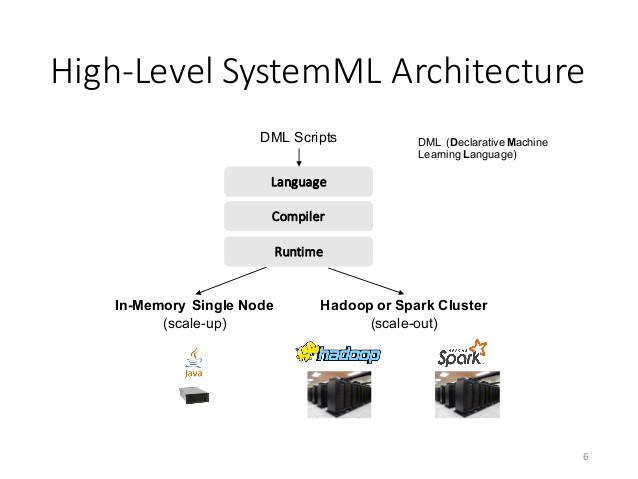
Apache SystemML, originally developed by IBM, is a unified analytics engine focused on Big Data and ideal for complex mathematical problems. It can scale to Spark and Hadoop clusters and runs on an R Python-like syntax. Mostly, it finds applications in deep learning with GPUs and in neural network architectures for training.
Key Features:
- Swift processing and cost-efficient
- Dynamic in nature
- In-memory computation
- Reusability
- Fault tolerance
- Real-time stream processing
- Multi-language and sophisticated analysis support
- Lazy evaluation
- Active, progressive, and expanding Spark community
- Integration with Hadoop
- Spark GraphX
Pros:
- Flexible, scalable open-source AI platform
- Largest open-source project in the data processing
- Accelerates algorithm deployment with its high-level programming language--declarative machine learning (DML) and PyDML
- Automatically optimizes usage based on data and cluster characteristics to enhance efficiency
- Assists in querying, data processing, and generating analytics reports in a better and faster way
- Offers speed and multilingual support
- Dynamic in nature and offers increased access to Big Data
Cons:
- No support for real-time processing
- Not useful for a multi-user environment
- Has a small file issue, especially when using Apache Spark with Hadoop
- Has fewer algorithms
- No dedicated file management system
- Expensive
Machine Learning-based Libraries
For all intents and purposes, a machine learning library saves developers valuable time and effort that goes into writing code for every project. An ML library comprises a set of predefined, reusable functions typically written in Python or R.
3. Scikit learn
Ideal for Data Mining & Analysis
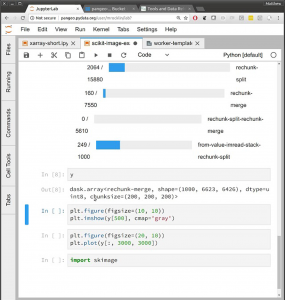
Scikit-learn offers ultra-useful functionalities such as predictive analysis, customized recommendations, and other data-driven tasks used by established brands such as Spotify, J.P. Morgan, and Evernote. In fact, Spotify uses scikit-learn libraries to train models and build custom playlists - a much-loved feature among users.
Scikit-learn is a python-based open-source machine learning library that offers data mining and analysis capabilities. It was released in 2007 and is used by commercial and research-based organizations. This tool is for you if you wish to bring machine learning into a production system.
Key Features:
- Adaptive and data ingestion
- Clustering and classification
- Preprocessing
- Model selection
- Dimensionality reduction
- Regression
- Cross-validation
- Datasets and digital assistants
- Dimensionality reduction
- Manifold learning
- Process/workflow automation
- Virtual Personal Assistant (VPA)
Pros:
- Designed on three open-source projects—Matplotlib, NumPy, and SciPy—with high-quality machine learning models paving the way for popular use-cases
- Offers support for supervised and unsupervised learning algorithms
- Free AI tool that is reusable and accessible to everyone
- A convenient platform to predict user behavior
- Properly documented and backed by the International community
- Easy-to-use software that allows performing versatile processes
Cons: NA
4. PyTorch
An End-to-End Machine Learning Network with a Useful Ecosystem of Tools & Libraries
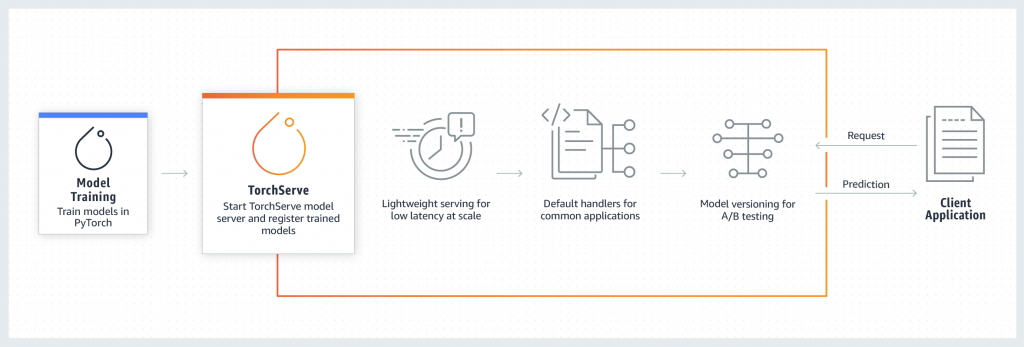
Developed by Facebook, PyTorch is an ML library based on Torch. What makes it advantageous is that it is simple to use. This greatly reduces the developers' learning curve and deployment time. PyTorch has emerged as the go-to tool for researchers working on machine learning problems, offering simplicity, performance, and a better-designed API.
Key Features:
- TorchScript provides ease of use and flexibility in eager mode
- TorchServe deploys PyTorch models at scale
- Allows for distributed training
- Native ONNX support
- Hybrid front-end
- Simple user interface
- C++ front-end
- Python-first
- Cloud partners
Pros:
- Enables fast, flexible experimentation and efficient production
- Comprises a user-friendly front-end
- Offers end-to-end workflow from Python to deployment on iOS and Android
- Supported on major cloud platforms
- Allows for seamless development and easy scaling
- Offers a host of useful features such as running models in a production scale environment, and a repository of prebuilt images, among others
Cons: NA
Deep Learning Tools
Based on artificial neural networks, deep learning tools find a wide range of applications across areas such as speech recognition, image recognition, recommendation engines, etc. A deep learning tool allows for the seamless, easier, and more efficient development of deep learning applications.
5. Keras
A High-Level Machine Learning API

Keras was released in 2015 with the aim of simplifying the creation of deep learning models. Brands like Netflix, Uber, and Yelp have integrated Keras' deep learning capabilities into their offering. For example, here's how Netflix uses this open-source artificial intelligence platform to predict customer churn. It's common knowledge that Netflix encounters mountains' worth of customer data every day.
Based on the critical data gathered, the subscription-based streaming platform uses Keras to identify customers who might be on the verge of canceling their subscriptions. Netflix then attempts to reduce attrition by offering relevant discounts/incentives to customers and optimizing conversion rates.
Key Features:
- Written in Python
- It can be used with TensorFlow, Microsoft Cognitive Toolkit, and Theano
- Designed for fast processing of data through sophisticated mathematical models
- Offers a high-level framework that hides the back-end computation and allows for the speedy creation of a neural network model
Pros:
- User-friendly and offers fast deployment, modularity as well as ease of extensibility
- Supports convolutional and recurrent networks
- Offers pre-trained models
- Runs optimally on CPUs (central processing units) and GPUs (graphics processing units)
- The primary focus on the 'developer' experience makes it the go-to tool for rapidly prototyping new apps
Cons:
- Problems in low-level API as it poses continuous errors sometimes
- Poor data-preprocessing tools, clustering, and PCM capabilities as compared to the competitors
- Does not support dynamic chart creation
- Computation takes longer
6. Caffe
A Deep Learning Library Built for Speed

Released in 2017, Caffe (Convolutional Architecture for Fast Feature Embedding) is increasingly being used by academic researchers for diverse projects and is being used across multimedia and vision domains. Developed by the Berkeley Vision and Learning Center, it offers deep learning capabilities. This open-source artificial intelligence software is primarily used for image-processing applications that require higher computing power and model accuracy. To that end, amazingly, it can process more than 60 million images per day!
Key Features:
- Written in C++ and has a Python interface
Pros:
- Offers an expressive architecture that encourages application and innovation. Models and optimization are defined by configuration without hard-coding architecture that allows you to switch between CPU and GPU
- Focuses on expressiveness, speed, and modularity, making it ideal for research experiments, startup prototypes, and large-scale industrial applications in vision, speech, and multimedia
- Offers extensible code that fosters active development
- Offers speed by processing 60mn images a day at 1 ms/image for inference and 4 ms/image for learning
- Provides community support for stimulated growth
Cons:
- Not useful in a recurrent domain; thus, variety is an issue
- Deployment for production is not easy
- The learning curve is steep
- Static configuration files are challenging
Mobile-Friendly AI Building Tools
While most AI tools can be used to deploy machine learning algorithms for mobiles, however, here are the top-two mobile-friendly open-source artificial intelligence tools:
7. Apple Core ML
Integrate Machine Learning Models into Your App

Apple Core ML is an open-source artificial intelligence platform that helps build machine learning and deep learning models for the iOS ecosystem. It allows for the seamless integration of machine-learning models into your app. It offers a unified representation of all models. By using Core ML APIs and user data, you can make predictions and fine-tune models on your iOS device. Remember that you can train a model to categorize photos or detect specific objects within a photo directly from its pixels. You'll be surprised to know that Core ML 3 was the force behind the wildly popular iPhone features - FaceID and animoji.
Key Features:
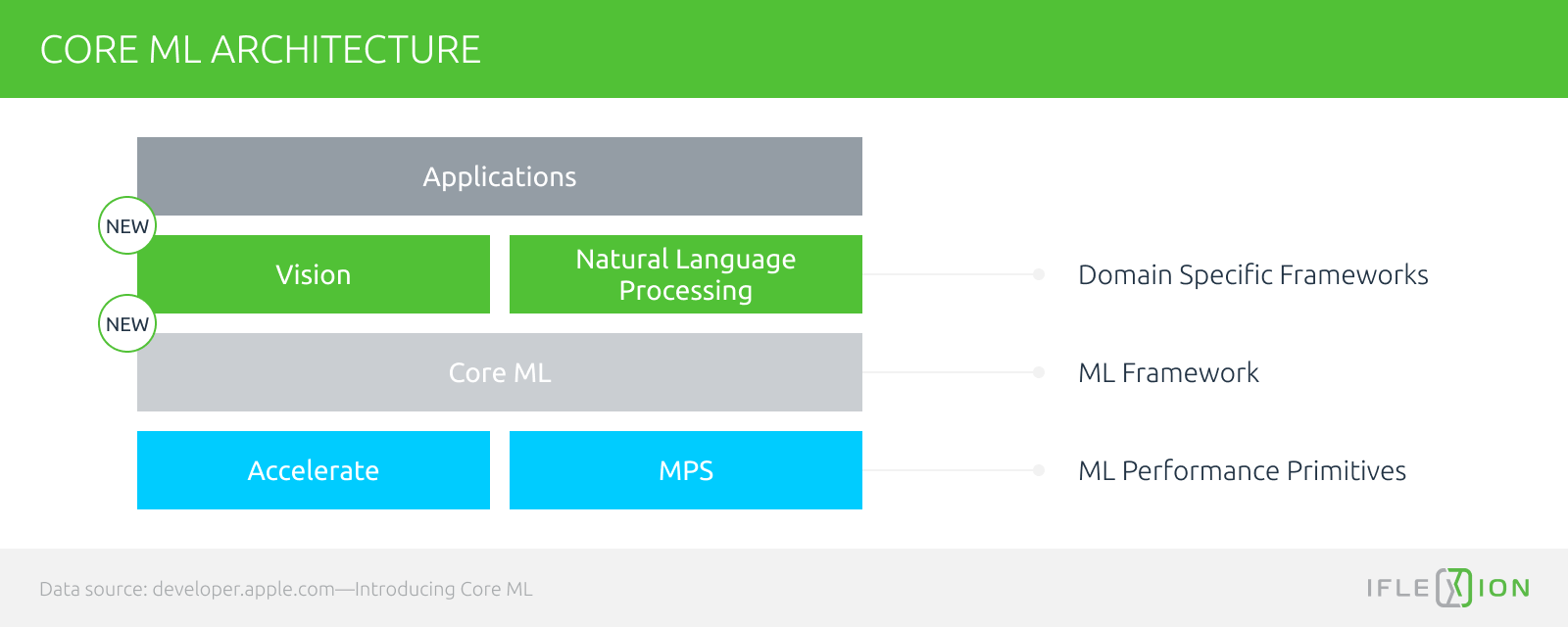
- Vision
- Natural language processing (NLP)s
- Speech recognition
- Transcription/synthesis
- Sound analysis
Pros:
- Models help accomplish tasks that would be difficult or impractical to write in code.
- Optimized for on-device performance, thereby minimizing memory footprint and power consumption
- Privacy of user data is taken care of
- Offers a functional and responsive app, even with poor network
Cons:
- Lack of federal learning
8. OpenCV
An Open Source of Machine Learning and Computer Vision Software
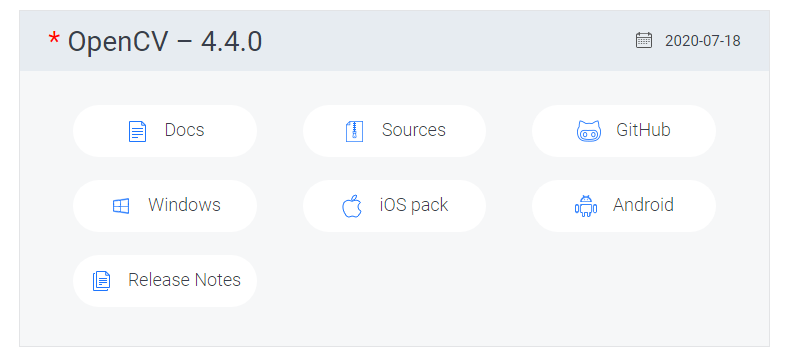
World-renowned brands such as IBM, Google, Toyota, etc., use OpenCV for varied tasks. Originally developed by Intel, OpenCV is a machine-learning library for real-time computer vision applications. It offers access to over 2,500 state-of-the-art and classic algorithms that can be used across various machine learning and computer vision capabilities, such as object identification and facial recognition. This enables users to perform diverse tasks such as removing red eyes, extracting 3D models of objects, following eye movements, etc. In fact, several face-detection apps on smartphones are powered by OpenCV.
facial r
Key Features:
- Multiple interfaces
- Programming functions library
- Community forums allow users to ask for assistance and provide help to other developers, providing valuable insights into library and codes
Pros:
- Free-to-use library
- Easy-to-use
- Good customer support
- Value-for-money
- Leverage hardware acceleration and multi-core systems
- Vast access to algorithms
- Offers algorithmic efficiency to process real-time programs
Cons: NA
Natural Language Processing Tools
NLP - a subset of AI - processes a human’s natural speech, text, and video to gain intelligence. These tools are extremely useful in capabilities such as speech recognition, computer vision, object detection, etc.
9. SimpleCV
An Open Source Framework for Computer Vision Applications

SimpleCV is an easy-to-use machine learning library that helps build computer vision applications. Used mostly by beginners who wish to engage in quick prototyping and simple applications, it does not require knowledge of file formats, buffer management, etc.
Key Features:
- Build optimal computer vision algorithms on-the-go
Pros:
- Freely available
- Ready-to-use at the industry level with optimized algorithms
- Get access to computer vision libraries such as OpenCV – without gaining knowledge about bit depths, file formats, color spaces, etc.
- Offers good support and easy-to-follow documentation with simple codes
- Efficient and optimal API
Cons:
- Not available for different programming languages such as C/C++, Java, Matlab, etc., and only supports Python
10. Tesseract
A Free Optical Character Recognition Engine Sponsored by Google
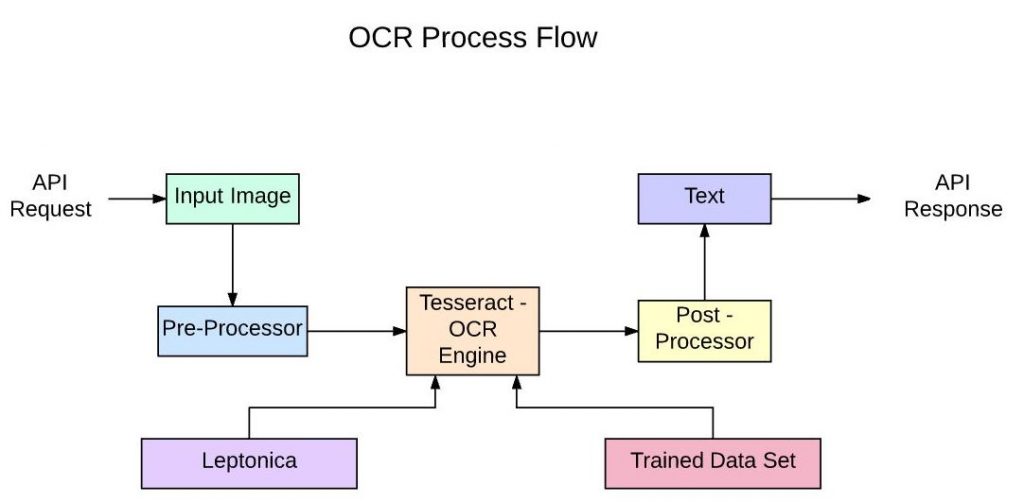
Tesseract is Google’s free optical character recognition (OCR) engine, which converts handwritten/typed data into a format that is recognizable and editable by machines. It is a sophisticated image pre-processing pipeline and can learn new information through its neural networks. It is considered to be one of the most accurate OCR engines. It was initially developed by Hewlett-Packard.
Key Features:
- Offers support for Unicode
- Can recognize more than 100 languages out-of-the-box
- Used for text detection on mobile devices, in videos, and in Gmail image spam detection
Pros:
- Supports multiple languages; can be trained to recognize other languages
- Free software
- Easy-to-use
- Works well with 300 DPI files
- Allows seamless creation of sandwich PDF files
Cons:
- Rudimentary image processing
- Only reads TIFF files
Wrapping Up
Here's the long and short of it: Building a machine learning algorithm requires extensive research to understand the right technology and open-source artificial intelligence tool that you should use. So try these tested open-source artificial intelligence platforms and choose the one that best fits the bill.
At the same time, it is important to remember that open-source artificial intelligence software and tools are re-imagining business processes, models, and human imagination every single day. It's high-time companies invest in unlocking the vast-yet-untapped opportunities presented by AI. What do you think?

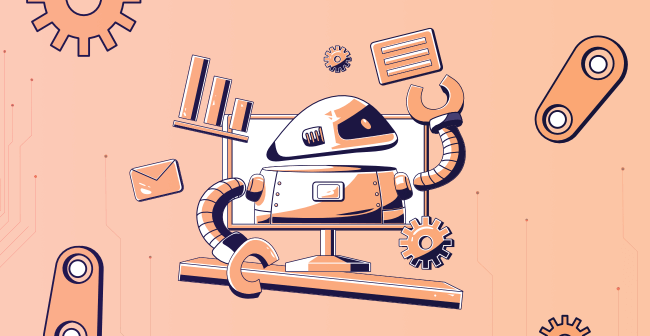












Leave a Reply